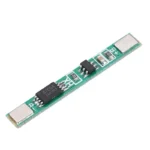
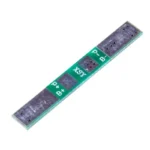
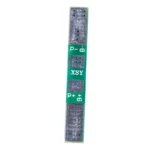

 Power Supply
Power Supply Electronic Components
Electronic Components Development Boards
Development Boards Sensors
Sensors Drone Parts
Drone Parts IoT & Wireless
IoT & Wireless E-Bike Parts
E-Bike Parts Mechanical components and workbench tools
Mechanical components and workbench tools
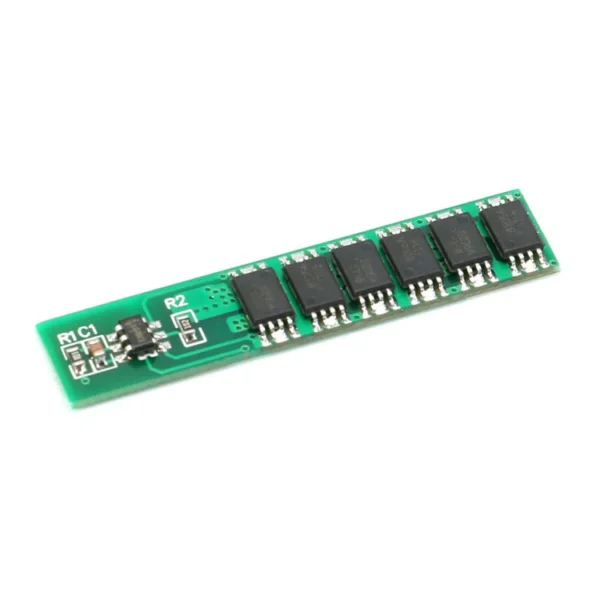




Hurry and get discounts on all Raspberry Products up to 20%
IBOTS1000
₹59.00 ₹36.00
Free
₹75 for parcels below 1 Kg and ₹100 for parcels weighing between 1 Kg to 2 Kg.
2-3 Days
₹75
₹125 for parcels below 1 Kg and ₹175 for parcels weighing between 1 Kg to 2 Kg.
2-3 Days
₹125
₹250 for parcels below 1 Kg and ₹325 for parcels weighing between 1 Kg to 2 Kg.
2-3 Days
₹250
Our courier will deliver to the specified address
2-3 Days
Rs. 99
Payment Methods:
1. Order the Product and Specify the Delivery Method
2. You Will Receive an Order Confirmation Message
3. Wait for Your Order to Arrive
4. Pick up Your Order at The Checkout Area
A BMS (Battery Management System) for 18650 Li-ion batteries is essential for ensuring safe charging, discharging, and overall longevity of the battery pack. Here’s a breakdown of what each component does:
When selecting a BMS for your application, make sure it matches the specifications of your battery pack (such as voltage, current ratings, and number of cells). It’s also essential to consider any additional features you might need, such as communication capabilities or specific protection mechanisms.
P-: negative of input or output power
P+: positive of input or output power
B-: negative of the battery
B+: positive of the battery
Only logged in customers who have purchased this product may leave a review.
Categories
Useful Links
Useful Links
No one rejects, dislikes.
It has survived not only.
All the Lorem Ipsum on.
All the Lorem Ipsum on.
 Power Supply
Power Supply Electronic Components
Electronic Components Development Boards
Development Boards Sensors
Sensors Drone Parts
Drone Parts IoT & Wireless
IoT & Wireless E-Bike Parts
E-Bike Parts Mechanical components and workbench tools
Mechanical components and workbench toolsNo account yet?
Create an Account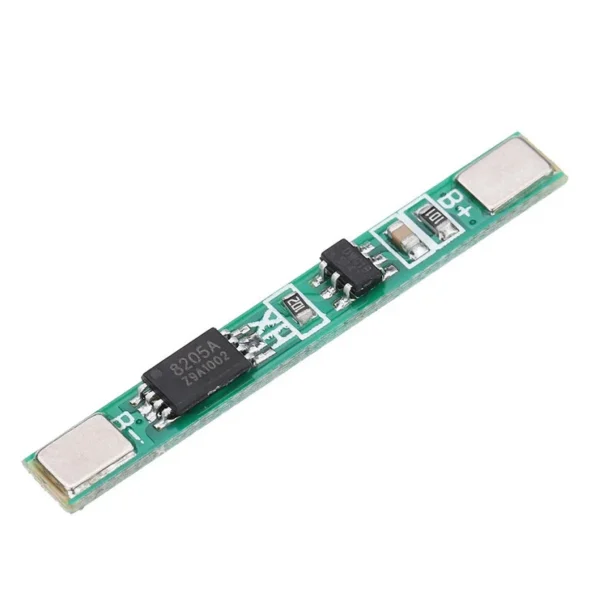
Reviews
Clear filtersThere are no reviews yet.